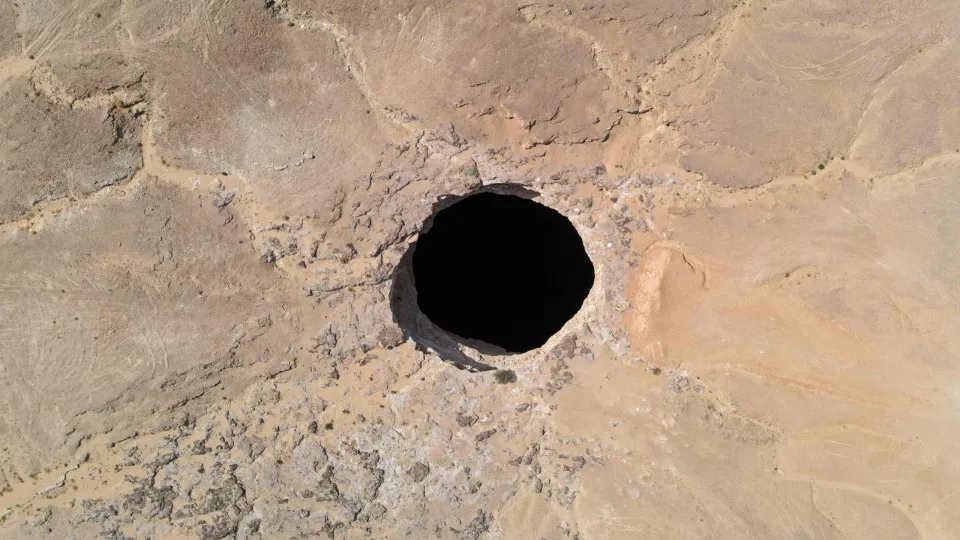Sinkholes, whether caused by human activity or natural processes, occur when the land surface collapses into less stable underground cavities. They are typically formed through erosion driven by groundwater, a process that can take thousands of years before resulting in a sudden collapse. In some cases, sinkholes have revealed remarkable discoveries—both on land and underwater.
Click through to explore some of the surprising findings uncovered in sinkholes.



